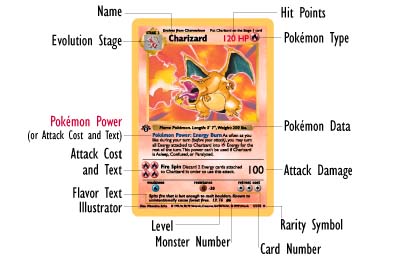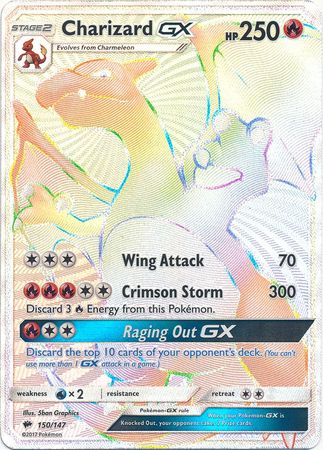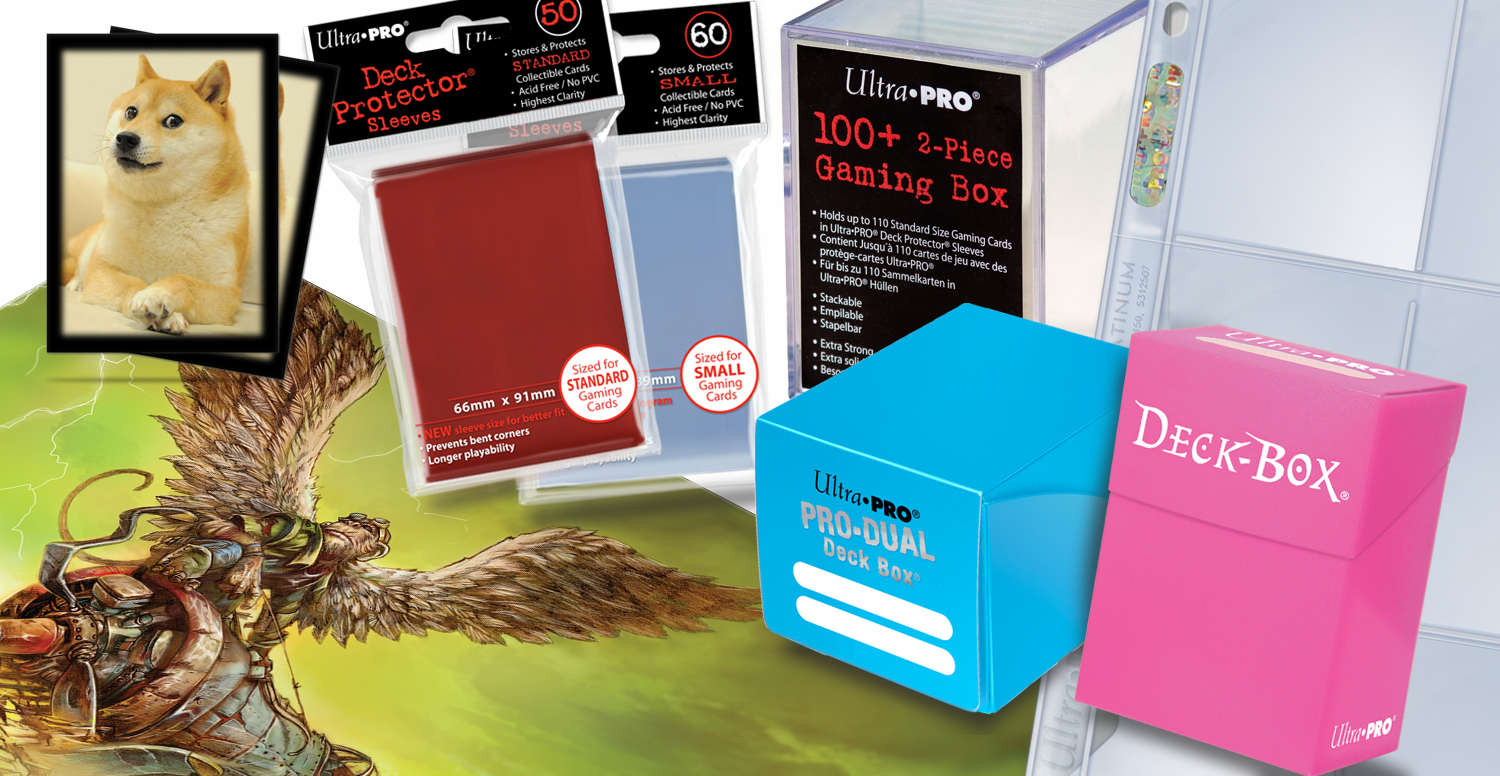1. Supplies First (Maybe)!
Depending on whether or not you really want to take care of your cards and keep them in mint condition for a long time, you'll want to buy supplies to protect your cards before even buying them. If you just want to collect them then you can just skip onto Step 2 or skip to Step 4 if you just want to know about properly protecting your cards.
The basic supplies you'll want are penny sleeves, deck protector sleeves and toploaders. A pack of each will be about $1, $5, and $2.50, respectively. You may also want to buy a binder with card sheets and a box to place cards in.
When buying penny sleeves, deck protector sleeves, and card sheets, you should make sure that they are Acid- Free and have No PVC as these could damage your cards in the long run. You should purchase supplies from companies such as Ultra Pro which always sell collector quality supplies.
2. Buying Pokemon Cards
Buying Packs
First off, you should purchase your card packs at places such as card stores, retail stores (Target, Walmart, etc.), but not places like swap meets or online!!! If you buy cards at places like swap meets, you'll probably end up with some really bad looking fake Pokemon cards.
 |
| Image Source |
Now, the reason you DONT want to buy individual packs online is because of something called weighing. Holographic cards weigh slightly more, so some people exploit this fact and buy an entire box of cards, weigh all packs, and remove those that are heavier to keep the good cards. So they sell the "bad" packs, sometimes at cheaper prices than usual so they can sell them quicker to unknowing people. However, some think of this as unethical since you are pretty much scamming others.
Buying Singles
When buying single cards it is important to know the difference between fake and real Pokemon cards. An easy way to tell them apart is that the back of fake cards are almost always faded or discolored in comparison to the real ones.
 |
| Image Source |
3. Card Rarity
 |
| Image Source Common |
Finding Out Card's Rarity
Pokemon Card rarities are as follows in order from most common to rarest: Common, Uncommon, Rare, Ultra Rare, Hyper Rare, and Secret Rare. A Rarity Symbol, usually at the bottom right of the card will tell you the rarity for a Common, Uncommon, or Rare card.
A Hyper Rare card is a card which is texture and could also have a rainbow holographic design. Secret Rare cards have a Card Number that exceeds the set number (ex. 103/100). Finally, Ultra Rare cards are Holographic and have a Rare symbol ( ).
).
In addition to these rarities, there are other cards which can be valuable in a different kind of rare way. Such as cards with no rarity symbol which are essentially the first ever cards to be printed which is why they are so valuable. Also cards which are misprints are valuable because there was an error in the production of the card, which means it's a one of a kind.
A Hyper Rare card is a card which is texture and could also have a rainbow holographic design. Secret Rare cards have a Card Number that exceeds the set number (ex. 103/100). Finally, Ultra Rare cards are Holographic and have a Rare symbol (
In addition to these rarities, there are other cards which can be valuable in a different kind of rare way. Such as cards with no rarity symbol which are essentially the first ever cards to be printed which is why they are so valuable. Also cards which are misprints are valuable because there was an error in the production of the card, which means it's a one of a kind.
 |
Image SourceHyper Rare |

Ultra Rare
4. Protecting Your Cards
| Image Source |
Finally, to protecting your cards. To protect your valuable cards you should first place your card in a deck protector sleeve to ensure it is protected from scratches. Then you would put the card into a penny sleeve, but the penny sleeve should be put on from the top instead of the bottom (more on that later). Now you would place the double sleeved card into a toploader from the top. You will probably have to tap the bottom of the toploader against a surface so that the card goes all the way to the bottom. Now the purpose of the backwards penny sleeve is to prevent any dust or other stuff from getting into the toploader and sleeve and damaging the card over time. Sleeves also prevent the card from sliding around or out of the toploader.
 |
| Image Source |
5. Done!
That's about it. Now you can store your cards wherever and just have them there. I mean, they're nice to look at and to know that you have kewl, rare cards.

Thinking back of the Pokemon days gives me a sense of nostalgia. As a child, I was an avid watcher of the animated television series, but I was never much of a card collector due to various reasons. I was envious of my cousin for the longest time. He had a binder filled with unique, rare cards and each sheet held up to nine cards. I was told that he gave away his cards, but I hope he didn't give away his binder collection. According to Mashable, certain cards could fetch quite a sum! For example, the extremely rare Pokémon Illustrator card, of which only 39 were ever made, has an asking price of $100,000 on Ebay. In addition, the Japanese holographic Charizard has the second highest worth valued at $30,000.
ReplyDeleteAn instructional guide on collecting cards would have been quite useful during the past when the card collecting craze was fervent. It would also come in handy to those still collecting to this day. A blog such as this successfully informs collectors on the proper procedure for storing cards safely, advises hobbyists on how to discern fake cards from genuine ones, and clarifies the criteria that constitutes a rare card. It doesn't mention, however, that certain high-tier cards, due to a misprint, lack a rarity symbol in the bottom right corner. Cards with this error are automatically valuable because they are harder to come by.
Thanks for the feedback and for mentioning the lack of a rarity symbol. I had actually never heard of that before and had to do some research to learn more about it so I actually learned something new. So I added a n extra paragraph to include that detail and misprints.
DeleteI'm not sure what a Pokeman is, but you have provided some good beginner and intermediate knowledge about the hobby in an easy to read and look at blog. Great work. Maybe you could have said something about the game which they appear to be a part of? Is it like poker?
ReplyDelete